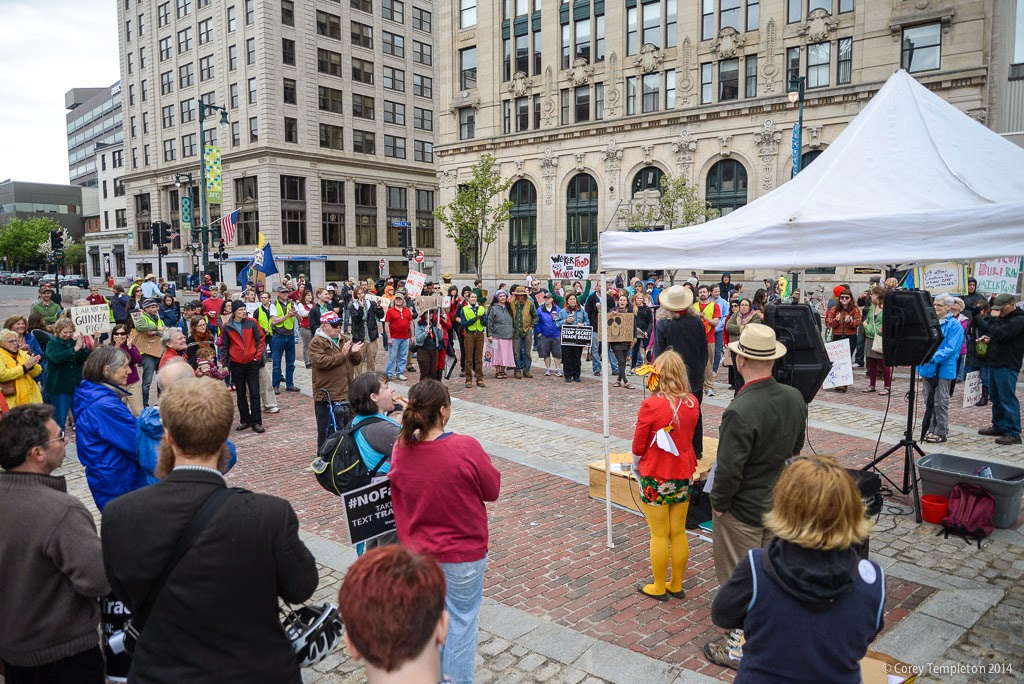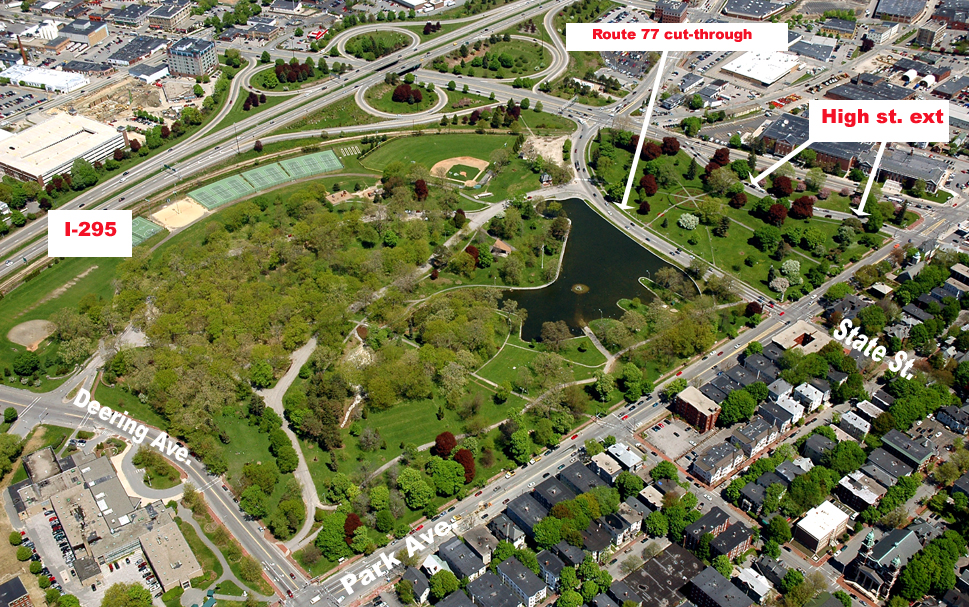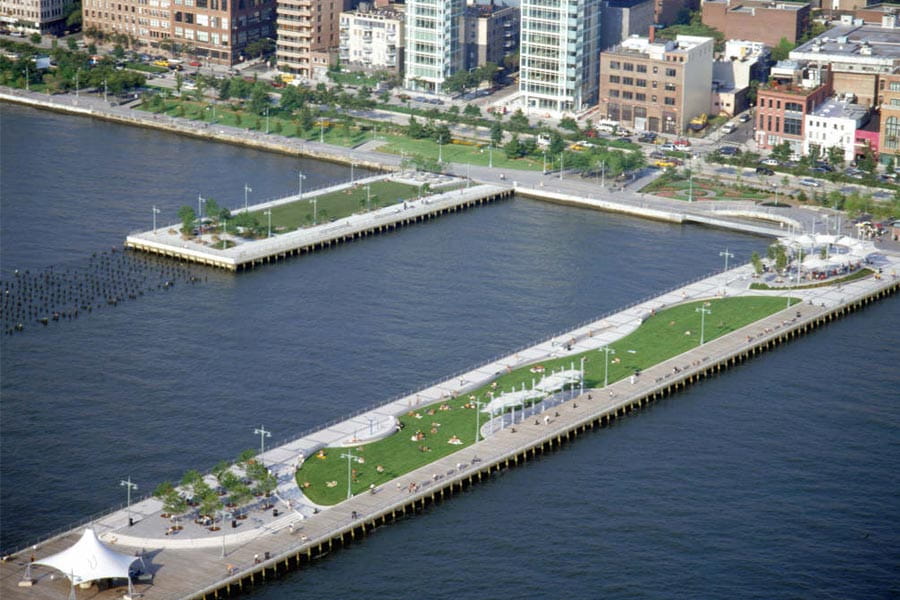Public spaces are essential to societies, because if all properties were private, then the population would have isolated and homogeneous lives.[1] Imagine if Bowdoin only had dorms and classrooms. There would be little to no interactions with other students. The quad, Thorne, and in some ways college houses create an interactive college experience. Mitchell describes that public spaces should be in an “adequate space” with “adequate technology” to create a more “vibrant sphere.”[2] This suggests that a central location is best to serve the public in order for people to interact more. Technology keeping up to date in public space creates a larger utility for people, which would popularize the public space. Bowdoin has wifi across campus and that creates a limitless arena for students to do work, which creates a more interactive scene. Even printing stations could be evaluated as communities coming together through technology, to be fair printing stations are not the most social locations.
Low suggests that public spaces should not be touched by the private sector, because it would “limit participation to those who can afford it and conform to middle-class rules of appearance and conduct.”[3] This is an important statement, because in order to provide a space for the common good, one needs to get rid of all types of oppression. Privatization would mean the space’s priority is to create consumers of people trying to enjoy it. Mitchell states that “property rights are necessarily exclusive” meaning the owners of the space could oppress or act anyway to maximize profits.[4] Corporations owning the space would appeal and give priority to those consumers who are willing to spend the most. By doing that there is a lost of utility by the other population. Public spaces need to attract all classes, genders, and race to create the most vibrant community.
In my opinion, Portland has a good amount of public spaces including plazas and sitting environment. Portland, in order to develop their public spaces, needs to have adequate technology integrated. Portland is one of the younger cities in New England, which means that a bigger portion of their population is more comfortable with technology. In addition, the start-up scene is growing and is attracting more entrepreneurs. These attributes make Portland one of the few cities in the nation that would greatly benefit by integrating technology into their public spaces. It would make sense because they have a population for it. This technology can include public wifi, charging stations, kiosks, etc. It could also include from what I suggested in my last blog post pathways/sidewalks/plazas that absorb kinetic energy of pedestrians and turning it into electricity thus benefiting the common good. This will help more people in Portland achieve the “the right to urban life, to renewed centrality, to places of encounter and exchange, to life rhythm and time uses, enabling the full complete usage of…moments and places.”[5]
[1] Mitchell, Don. 2014 [2003]. “To Go Again to Hyde Park: Public Space, Rights, and Social Justice.” In The People, Place and Space Reader, edited by Jen Jack Gieseking, et al, 193. New York: Routledge, 2014.
[2] Mitchell 194
[3] Low, Setha M. 2002. “Spaces of Reflection, Recovery, and Resistance: Reimagining the Postindustrial Plaza.” In After the World Trade Center: Rethinking New York City, edited by Michael Sorkin and Sharon Zukin, 164. New York: Routledge.
[4] Mitchell 193
[5] ibid





